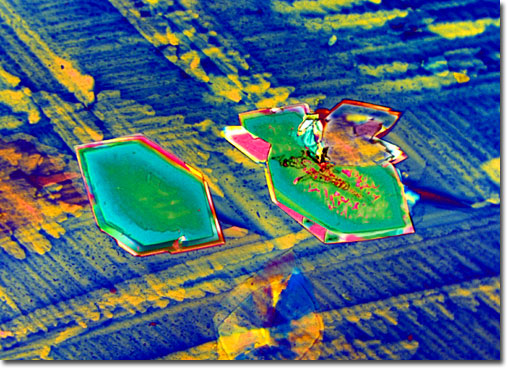|
This very toxic insecticide is the sulfone metabolite of the carbamate aldicarb (Temik). Unlike most nematicides, Aldicarb is provided as a granular powder which significantly reduces the handling hazards. Aldicarb is drilled into the soil, a process known as "Spiked", at planting or during various stages of plant growth. The carbamate is then solubilized by ground water and is absorbed by the roots and translocated throughout the plant, killing both insects that pierce and suck foliage as well as nematodes in and around the roots. The plants oxidize the parent aldicarb carbamate to the sulfone derivative during translocation and it is this species which is responsible for the insecticidal properties. Aldicarb is currently registered for cotton, potatoes, sugar beets, oranges, pecans, peanuts, sweet potatoes, and ornamentals.
|
